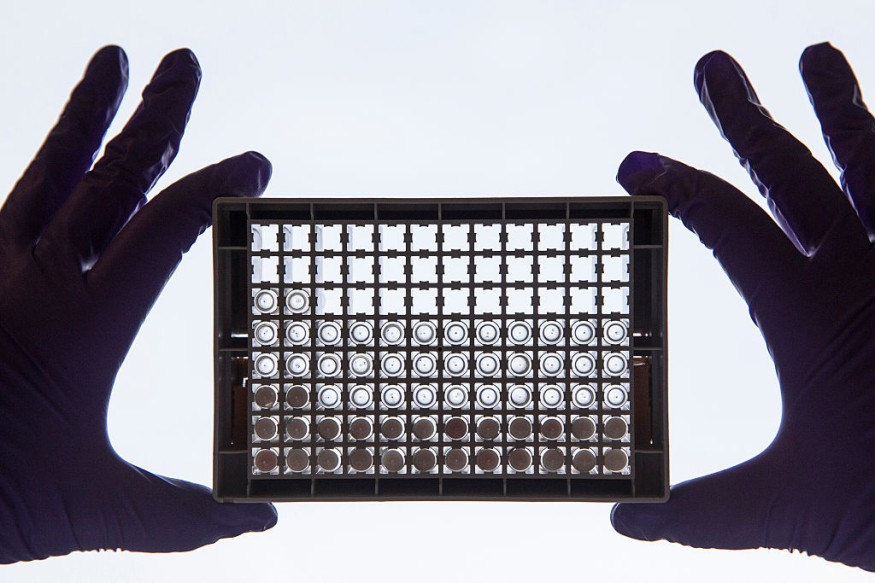Researchers recently showed that ATF4 protein, a genetic master-switch that controls the activities of hundreds of genes, plays a vital role in the growth of diffuse large B cell lymphomas (DLBCLs).
According to a study from researchers at Well Cornell Medicine and Cornell's Ithaca campus, the aggressive and comparatively common DLBCLs have a crucial metabolic susceptibility that can be "exploited to trick" such cancers into starving themselves, ANI News report.
The researchers discovered that silencing ATF4 in DLBCL cells is essentially fooling them not just into starving themselves but also slowing their growth and development. Targeting ATF4 along with a closely associated metabolic protein, SIRT3, even further boosts this cancer-killing effect.
Study co-senior author Dr. Ari Melnick, from the Gebroe Family Professor of Hematology/Oncology in the Division of Hematology and Clinical Oncology, said, ATF4 represents a critical and exploitable susceptibility in DLBCLs, and that they seem to share regardless of the particular genetic mutations that stimulate them. Dr. Melnick is also a member of the Sandra and Edward Meyer Cancer Center at Weill Cornell Medicine.
Professor Hening Lin, MD, from the Department of Chemistry and Chemical Biology at Cornell University in Ithaca and an investigator at Howard Hughes Medical Institute, worked with Melnick as a co-senior author in the study.

Diffuse Large B Cell Lymphomas (DLBCLs)
Lymphomas are blood cancers typically from immune cells like B cells, the antibody producers. Essentially, most lymphomas are identified as "non-Hodgkin lymphomas," and DLBCLs account for roughly a third of these or approximately 25,000 cases each year in the United States.
DLBCLs are comparatively aggressive and fast-growing. More so, despite many advances in lymphoma treatment in recent decades, roughly 40 percent of the lymphoma cases are not cured, a percentage that highlights the necessity for new treatment tactics.
Dr. Melnick and Dr. Lin, together with their colleagues, carried out the research to examine SIRT3, which exists in mitochondria, the small, oxygen-burning fuel reactors in the cells vital for powering activities of the cells.
How DLBCL Cells are Destroyed
In the new research published in Blood Cancer Discovery, the study authors explored more extensively how SIRT3 promotes DLBCL growth and discovered that one of the most essential ways it does is through the increase of production of ATF4, another metabolism-influencing protein.
Their experiments showed that SIRT3, as it turbo-enhances DLBCL metabolism, lessens the pools of amino acid used by cells "to make proteins and otherwise fuel their growth."
Such a decrease amounts to a starvation indication that activates the production of ATF4, which ramps up the amino acids' production and import, further sustaining the malignant proliferation of DLBCL.
In their 2019 study, Dr. Melnick and Dr. Lin developed a selective SIRT3 inhibitor and showed that it destroys DLBCL cells irrespective of the cancer-driving mutations they are carrying.
More so, in their new research, the study authors presented that SIRT3 inhibition leads to the accumulation of certain amino acids that are generated by the treated cells that cannibalize their own proteins.
This circumstance vitally tricks DLBCL cells into behaving as if they had adequate nutrients, supplies and leads to paradoxical suppression of the production of ATF4, in turn, resulting in more severe starvation.
Related information about cancer cell metabolism is shown on Nature Video's YouTube video below:
Check out more news and information on Cancer in Science Times.
© 2025 ScienceTimes.com All rights reserved. Do not reproduce without permission. The window to the world of Science Times.












